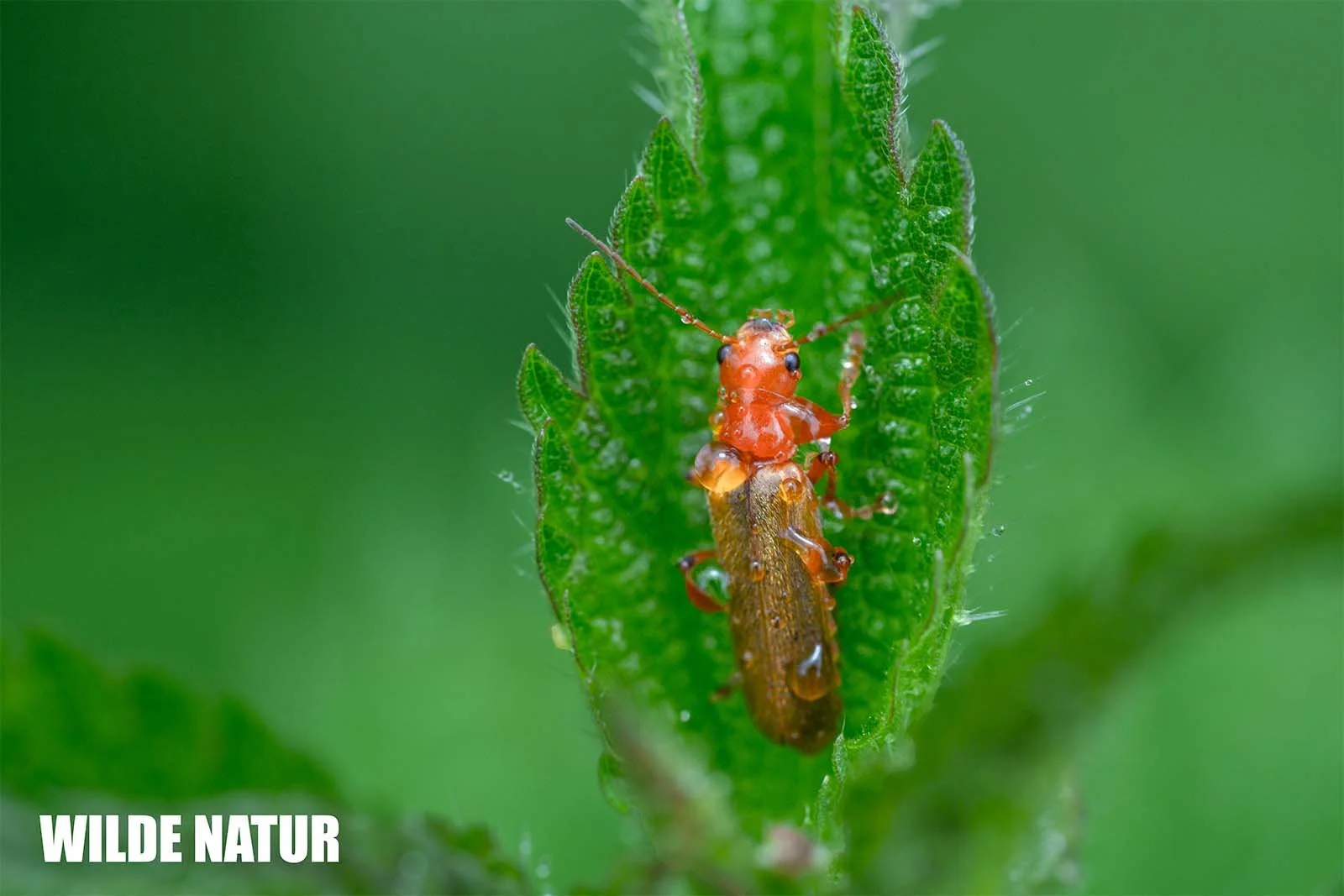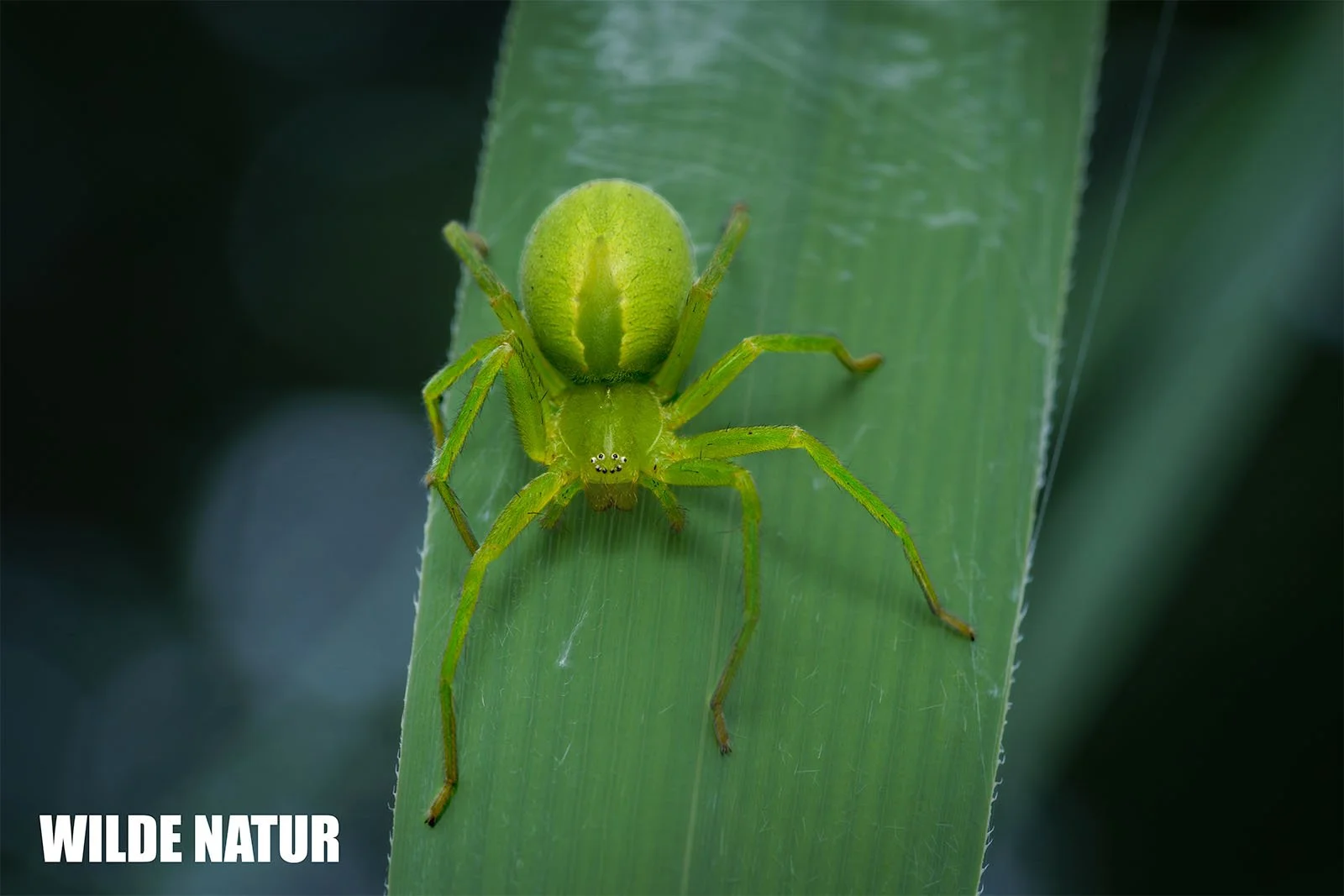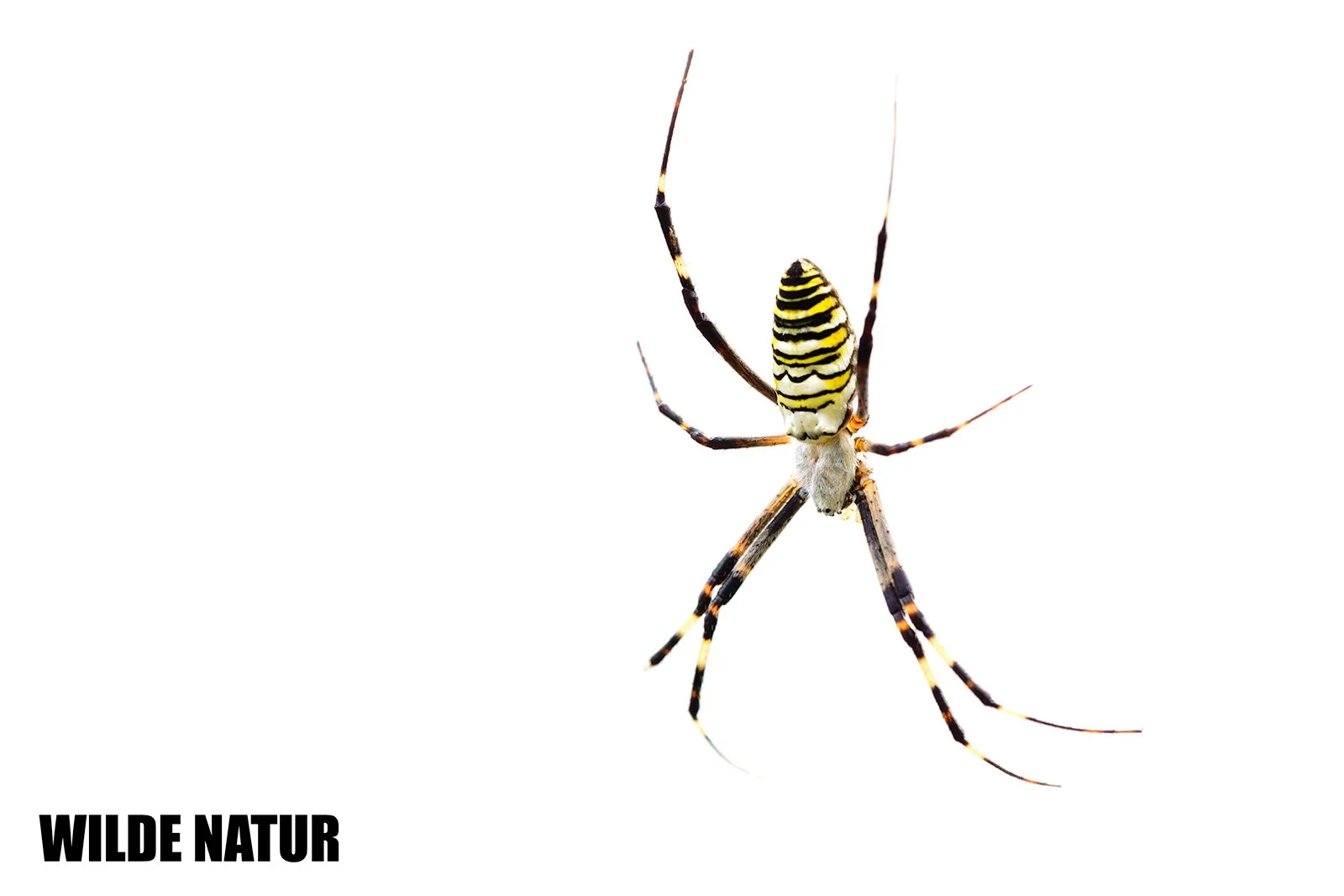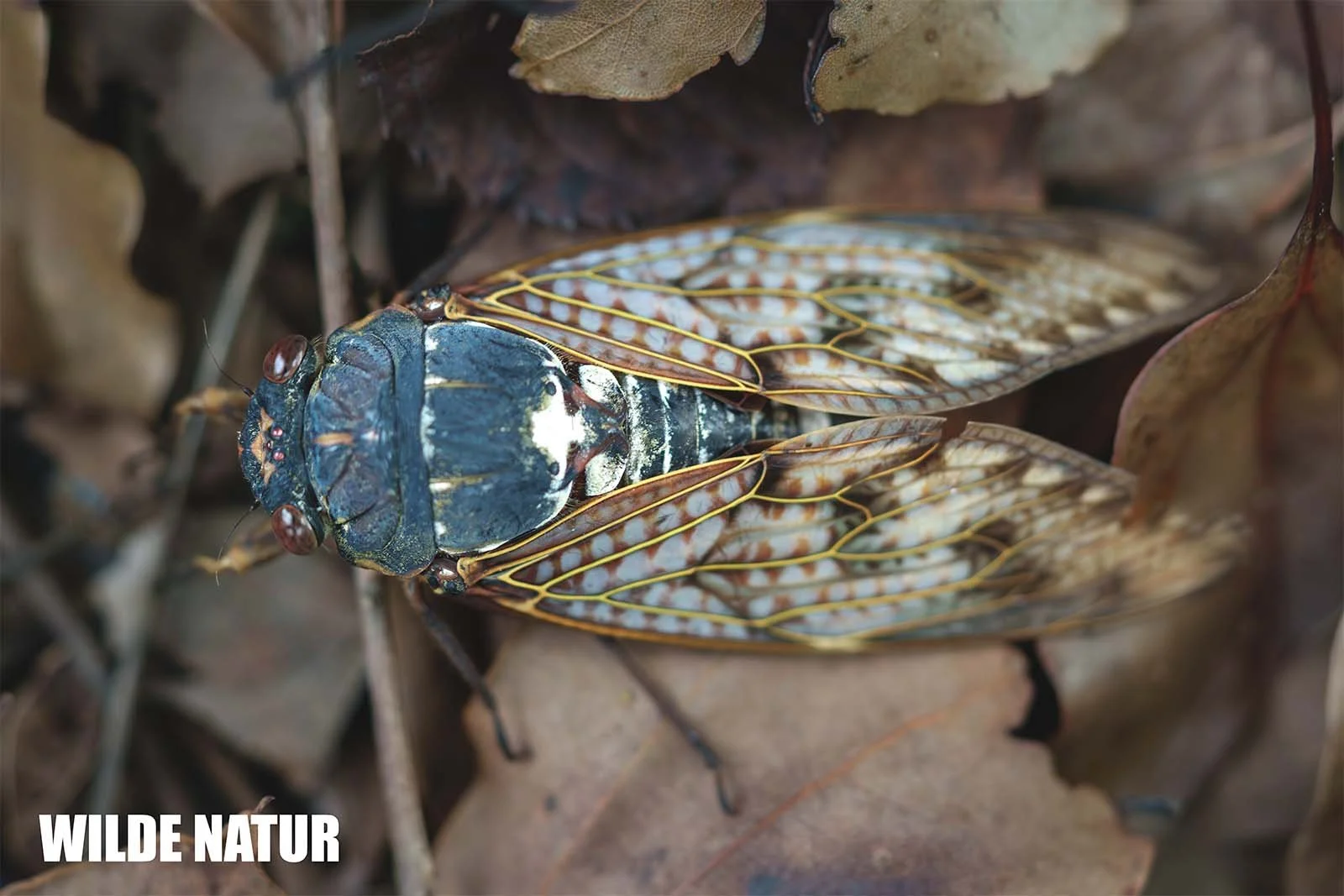Blossom Flies (Anthomyiidae)
Blossom Flies (Anthomyiidae)
Blossom Flies (Anthomyiidae)
All About Their Appearance, Behavior, and Ecological Role
Meta Description:
Blossom flies (Anthomyiidae): characteristics, diet, lifestyle & distribution. Everything nature enthusiasts and hobby explorers need to know—clearly explained.
- Around 2,000 species worldwide, about 220 in Central Europe
- Body length typically between 5–7 mm
- Adults primarily feed on nectar and pollen
- Larvae with a versatile range of food sources
- Overwintering usually as pupae in the soil
- Some species are agricultural pests in vegetable crops
Key Facts
- Size: 2 to 12 mm, typically 5–7 mm
- Wings: Transparent with anal vein (A1) reaching the wing margin
- Appearance: Varies from plain grey to strikingly patterned
- Diet (adults): Nectar, pollen, sometimes sweat, blood, or manure
- Larval diet: Plant material, fungi, seaweed, animal nests
- Active period: May through August
- Distribution: Worldwide, concentrated in Europe and coastal regions
- Ecological role: Pollinator, pest, part of food chains
Table of Contents
- Introduction
- Appearance and Characteristics
- Diet and Lifestyle
- Reproduction and Life Cycle
- Seasonal Activity
- Habitat and Distribution
- FAQ
- Conclusion
Introduction
Blossom flies—sounds harmless at first, doesn’t it? Yet these small, often inconspicuous flies from the family Anthomyiidae are full of surprises. Not only do they busily pollinate flowers, but their larvae also have an unexpectedly broad diet. Some species even damage vegetable crops. Why take a closer look? Because these flies are everywhere: in gardens, meadows, coastal regions—and sometimes in your vegetable patch.
Appearance and Characteristics
Blossom flies are small to medium-sized, measuring 2 to 12 mm in length, with most species falling within the 5–7 mm range. Their bodies are slender and densely haired, giving them a slightly shimmering appearance in flight.
Coloration ranges from simple grey or black to more striking forms with yellowish legs or patterned abdominal segments. On close inspection, you’ll notice the distinctive anal vein A1, which extends to the wing margin.
Another difference can be seen between sexes:
Males have closely set eyes, while females have eyes that are clearly spaced apart.
The antennae are worth noting too: they are long and finely haired, tapering to a point. The eyes often shimmer in shades of reddish to brown.
Key identifying features:
- No hypopleural bristles on the thorax
- Three pairs of postsutural dorsocentral bristles
- Anal vein (A1) extends to the wing margin
- Yellowish legs or colorful abdominal segments in some species
Diet and Lifestyle
Blossom flies are true flower visitors. Adult flies feed on nectar and pollen, contributing to pollination. Some are less picky and will also feed on:
- Sweat
- Tears
- Manure
- Occasionally blood
The larvae display an even more diverse diet. Depending on the species, they feed on:
- Roots, stems, and leaves (e.g., Delia, Pegomya genera)
- Seeds
- Decaying plant matter
- Fungi
- Seaweed
- Nest material in wasp nests
Some species are even kleptoparasites or parasitoids in animal hosts.
Reproduction and Life Cycle
Their reproductive behavior follows a simple yet effective pattern:
- Females lay eggs directly where their larvae will later find food—near plant material, in soil, or in old nests.
- After hatching, the larvae feed on their immediate surroundings.
- Pupation usually occurs in the soil, where many species also overwinter.
- In spring, adult flies emerge and the cycle begins anew.
Seasonal Activity
Adult blossom flies are primarily active from May through August. During this time, they can be:
- Found on flowers
- Often abundant and active
- Sometimes seen in large numbers on coastal seaweed
Larvae and pupae generally overwinter in the soil or other protected substrates.
Habitat and Distribution
Blossom flies are a globally distributed family of flies with about 2,000 described species across more than 50 genera. Roughly 220 species are known in Central Europe.
They inhabit a wide variety of environments:
- Meadows and fields
- Gardens and parks
- Forest edges
- Coastal regions
- Urban flower patches
Some species are relevant in horticulture and agriculture. Particularly notorious (and dreaded) species include:
- Delia antiqua (onion fly)
- Delia radicum (cabbage root fly)
Both are considered pests, as their larvae can cause significant plant damage.
FAQ
How big do blossom flies get?
Most are 5–7 mm long. Some species range from 2 to 12 mm.
Are blossom flies dangerous?
They are harmless to humans. Some larvae, however, can damage plants.
What do the larvae feed on?
On plant parts, decaying material, fungi, and occasionally animal nests.
How long do adult blossom flies live?
Their active period typically lasts from May through August.
Where can I find blossom flies?
Almost everywhere: meadows, gardens, coasts, fields, and even urban flower patches.
Conclusion
Blossom flies are more than just small, inconspicuous flying insects. They are pollinators, an important food source for other animals—and occasionally pests. Understanding their life cycle and habits can help gardeners and nature lovers better appreciate their role in the garden ecosystem—and take preventive measures when sensitive crops are at risk.





















